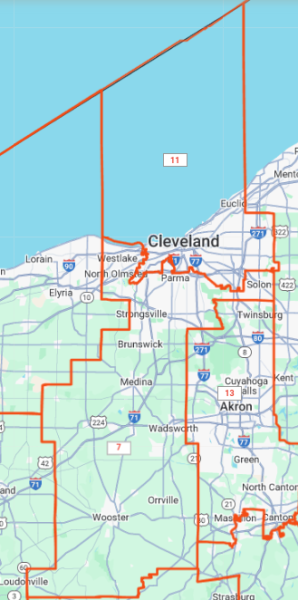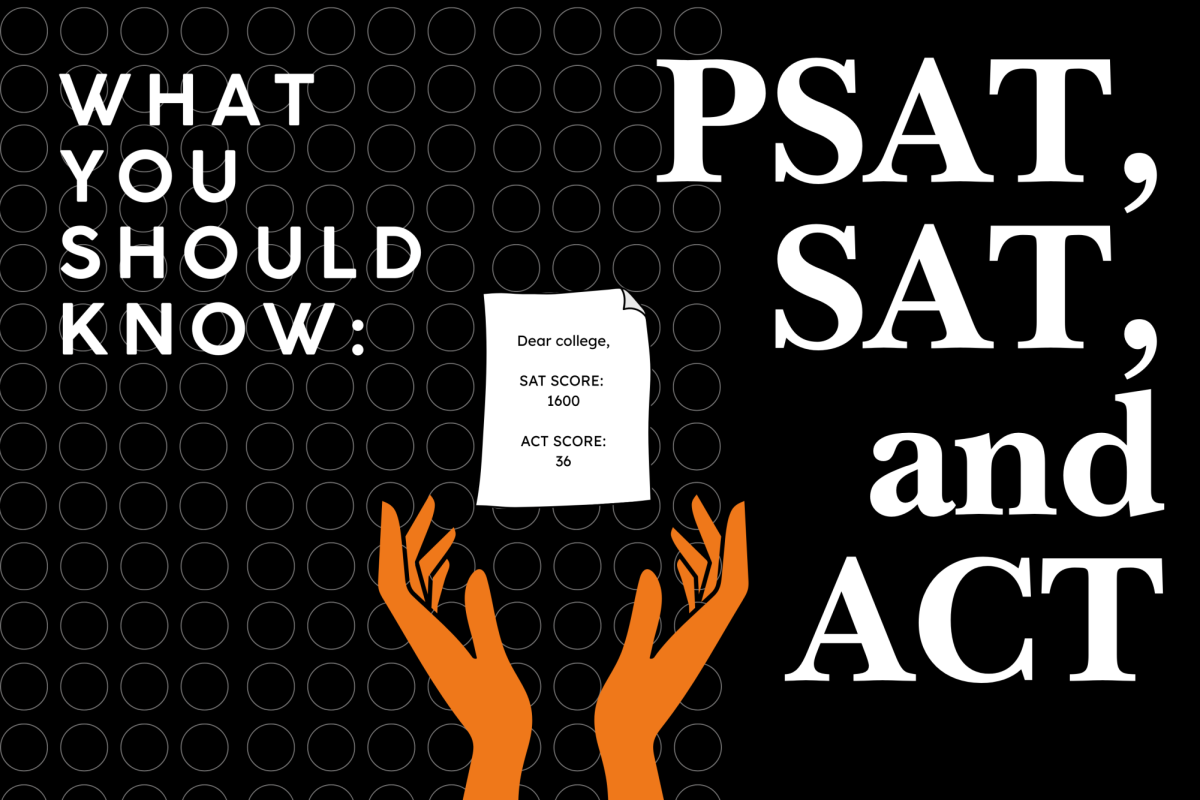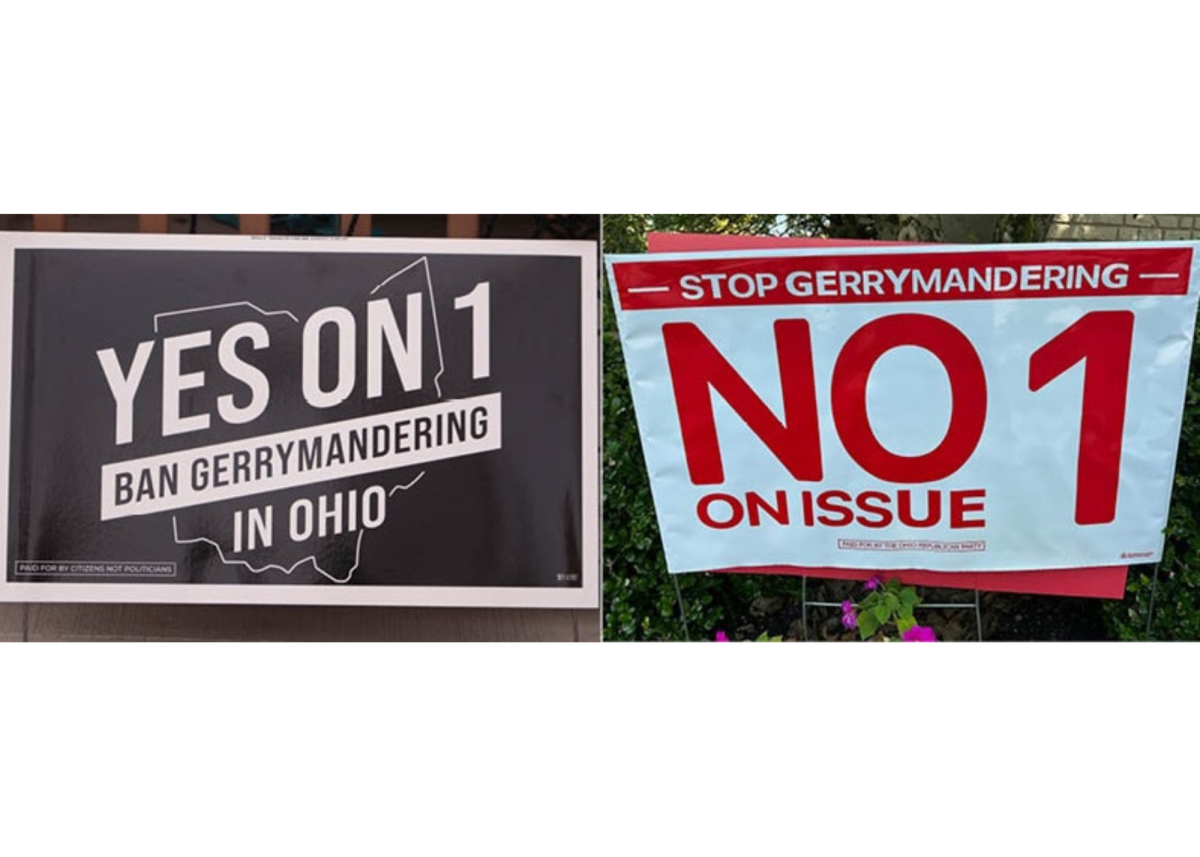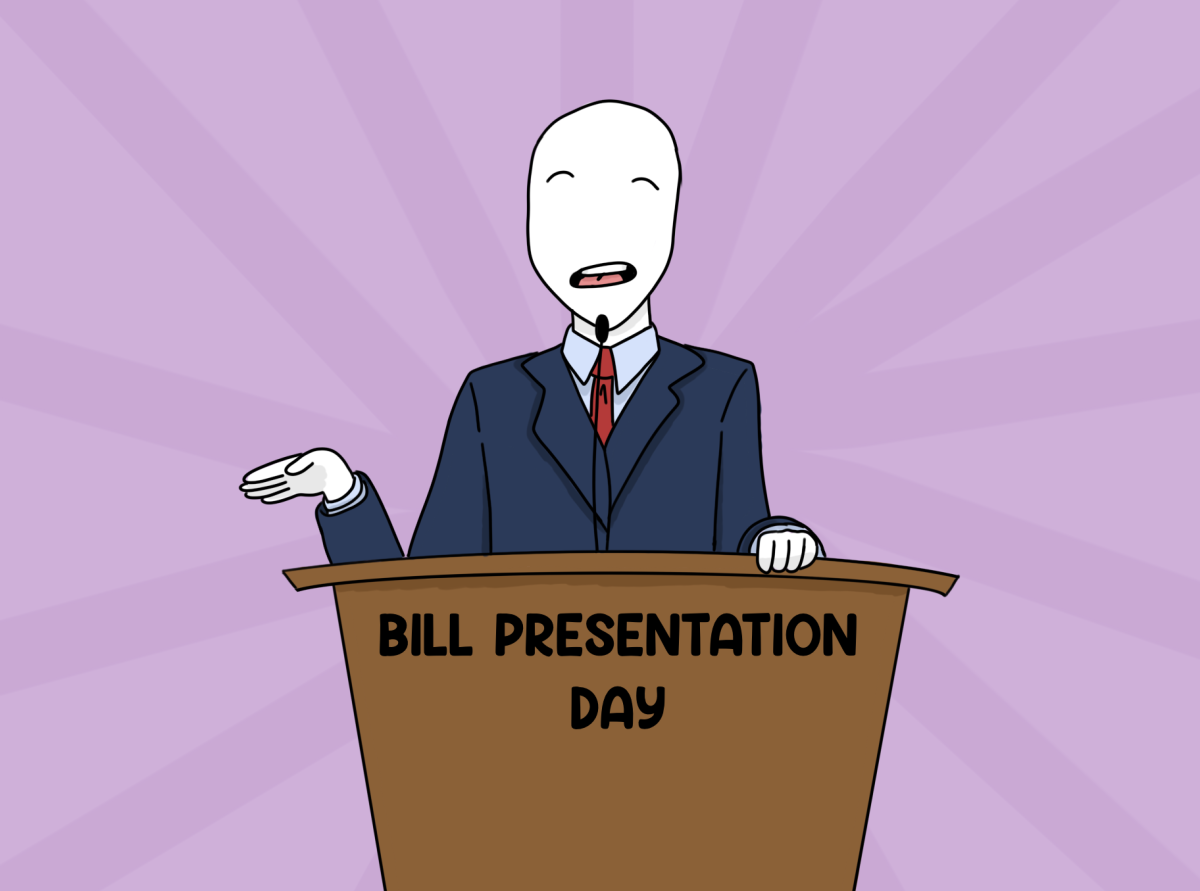As the general election approaches on Nov. 5, Ohioans have the option to vote for the president and federal senator, as well as many state court positions and local offices. In addition to this, the people of Ohio gathered enough signatures in a petition to propose an amendment initiative. The people can change the redistricting process by voting in favor of Issue 1, an amendment that promises to bring the power of redistricting the state to citizens of Ohio.
As it stands in Ohio, redistricting occurs every ten years with the census. This process goes through the state legislature and requires a supermajority vote; Issue 1 is meant to eliminate the process of gerrymandering in the state of Ohio. Gerrymandering is an abuse of the redistricting system by the majority party to gain more votes by dividing counties and redlining cities.
This process deliberately takes away voices from minority groups in the state. With how the current redistricting system works, there is no room for the people’s voice, something many Ohioans want to change in the upcoming election.
Gerrymandering leads to districts being created that are clearly intended for the benefit of whoever is in the majority; a few examples for conservatives are districts 7 and 11. In which district 11 is the high density population of Cleveland, and 7 is the suburbs, yet reaches all the way down past Wooster.
The Ohio Redistricting Commission cut out Brooklyn from district 7 because it has a higher household median income, enabling the majority republican party to gain votes from the wealthier areas and confine the other sections of Cleveland in a different district.

Issue 1 brings an appeal of articles XI and XIX of the Ohio constitution and adds a new amendment that makes a new process for deciding districts. According to Citizens not Politicians, the group responsible for the petition, the Issue 1 amendment will create a board of commissioners composed of accepted citizens of the state.
This board will be made up of three people on the left, three in the middle, and three from the right. Every decision made would be a compromise among the nine people creating the districts under this process. In addition, each commissioner would have to submit an application to be reviewed by a panel this bill sets up.
Bipartisan legislative appointees from the Ohio Ballot Board will select four retired Ohio judges (two from each party) to serve on a panel to choose the nine commissioners. The judges’ first duty is to solicit applications for commissioners and select 90 (30 from each side), from varying geographic and demographic status.
They then narrow it down to 45 and draw two names at random from each pool to be the finalists, where that group of six votes on nine people from the pool to add to the board. This process is lengthy, but because of its complexity, the commissioners are less likely to have bribed their way on the board or be chosen under bias.
The now group of 15 commissioners have to follow a certain set of rules when creating their district map proposal; they can’t consider the homes of incumbent representatives or senators. They also have to consider areas that have similar interests in their populations, excluding political interests. The bill defines these areas as “communities of interests.”
For these communities, they have to evaluate which ones would benefit more from staying together, and put those groups as a higher likelihood of not being split up. This provision is more open ended as it allows for the discretion of commissioners to decide the importance of these groups.
The commissioners, thankfully, also have to include incarcerated persons at the residence they lived at before being convicted and moved to a facility. This is something Ohio has not done in the past, which has led to prison gerrymandering, where citizens are counted in the prisons they reside in, not their county of residence before imprisonment.
Some proponents of Gerrymandering argue that it can be a tool to prevent tyranny from a majority and assist in restoring the principles of federalism. However, gerrymandering doesn’t prevent a group becoming a tyrannical majority. In addition, redistricting in itself will help prop up federalism, Gerrymandering is not needed to do that, the redistricting process already points public eyes up to state governments, not in a negative way.
Gerrymandering causes more problems than it solves, and doesn’t benefit whichever party is in the minority. Passing Issue 1 will benefit the people of Ohio, no matter their political affiliation; this bill is truly a piece of bipartisan legislation needing to be passed. When the people of Delaware vote on this on Nov. 5, choosing yes on Issue 1 will solve the problem of gerrymandering for all Ohioans.


































